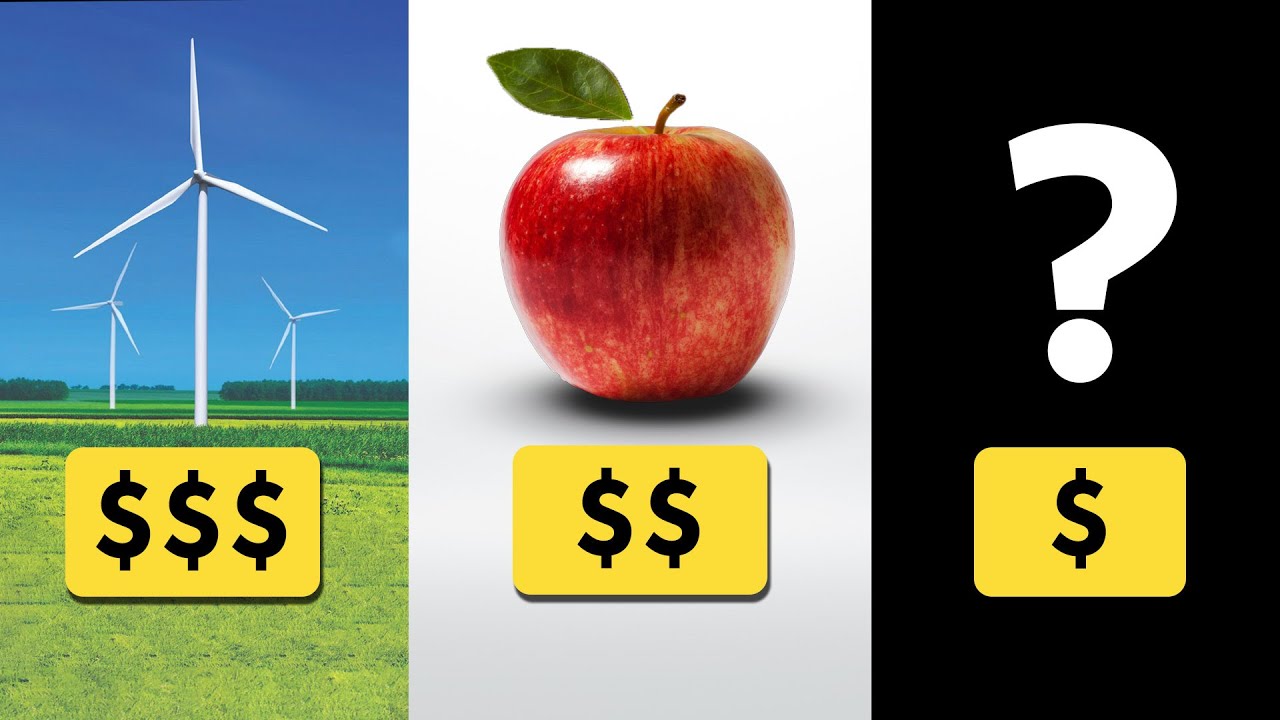Project Drawdown has characterized a set of 93 technologies and practices that together can reduce concentrations of greenhouse gases in the atmosphere. It’s a gigantic project with a lot of data and analyses.
In the linked video, the author goes through the measures to find which one is the most cost effective in terms of ratio of rCO2 reduction and economic cost
The maybe surprising result is that building bike infrastructure to shift a not even big percentage of travels from cars to bicycles or ebikes, is very cheap and has a huge effect on emissions.
The premise is that all solutions should be implemented to have a significant effect, but some are easier done than other.
crossposed from: https://feddit.it/post/6913495



Walkability is way different from bike infrastructure. Walking is around 2mph. Biking is 12-17 (depending on how in shape you are) and up to 25 if you have an ebike. Entirely different.
Cyclists will still benefit from desner developments. I’d still rather cycle 10 minutes to work than 15 or 20 if it were more spread out.
Thats very slow, even if you mean mph. Cyclists usually go 20 mph or 30 kph. I topped out at ~40 mph = 60 kph (downhill)
@delirious_owl it’s not about how fast you can go, it’s about the average speed of people moving in a city. Cars can go over 150kph and still their average speed in cities is about 13kph, that’s why their so innefficient as an urban transport.
I don’t know where you live but in most cities I’ve been and lived in, people on bikes don’t need to go fast. They need to move their children, their groceries, go to work in their everyday clothes and not end up sweaty 🤷♂️
@queermunist
When you’re late for work, you should be able to ride on a road that’s not full of pedestrians and that has passing lanes to safely go 30 kph.
We should build infrastructure that’s safe for pedestrians, safe for leiser riders in the slow lane, and also safe for normal commuters who are just trying to get somewhere.
@delirious_owl well, even on nice, flat, straight segregated cycling line, most people don’t go 30kph. Not even 25, i can see it easily here because it’s the max speed authorized legally around and not many people pass electric bikes.
Admittedly, I’m late most of time and ride around 30kph to make up for it, but the huge majority of people? They’re like 15-20 kph max, really. And it’s more than enough to go around the city 🤷♂️
I love flying downhill! You can’t maintain that speed over 10 miles, though, especially with stops and hills to climb. We’re talking about commuting, not just sprinting lol
@delirious_owl @queermunist
> Cyclists usually go 20 mph or 30 kph.
Good for you if that’s your cruising speed, but it’s not everyone who rides that fast. On busy urban bike paths, such speed is rather reckless. Most casual cyclists ride much slower (about half that speed).
Sounds like a poorly designd bike path if it doesn’t have passing lanes.
Roads are built to low cars to go 100 kph. Roads for bikes shouldn’t be designed for slower speeds.
@delirious_owl most bike paths around here are two-direction. To pass a slower cyclist, you need to go on the reverse direction lane. With heavy traffic, just like roads for cars with similar lane arrangement, passing is touchy.
What doesn’t help either are multifunctional paths, or paths shared by cyclists and pedestrians.
Yeah, sounds like very poor design. Are they planning to fix that problem?
@delirious_owl not as far as I know. The main problem in my small city is the bike network is disorganized. Pockets of bike paths or lanes that don’t link together. I believe they’re working on that.
Now thinking about it, not all bike paths are shared with pedestrians, fortunately.
Sounds like a poorly designd bike path if it doesn’t have passing lanes.
You are indeed delirious it seems! There’s absolutely no way to average 30kph in a city. Not even with an E-Bike capped at 45kph max. Even on flat open ground, no traffic, no traffic lights, stops, whatever, a 30kph average is a approaching a road bike training average. It’s an utterly impossible speed for a normal commuter on a city bike.
I’m not delirious. You said 17 was the max speed. Thats not true.
My point is that city planners shouldn’t see bicycles as a recreational activity for weekends. Lots of us use them to commute and get groceries. We need roads for bikes that are built for reasonable non-leiser transport. They should have space and curves and be paved to safely handle bicycle traffic with max speeds ranging from 30 kph to 60 kph, including 4 lanes with adequate space for safely passing in both directions.
It sounds like you dont live in a city with hills.
No, that was me.
Also I didn’t mean it’s the max speed, I meant it like a cruising speed. If I’m going to a grocery store I’m not pushing as fast as I can go lol
Also! If you have saddlebags and cargo the drag is going to make that harder anyway. Commuting adds complications to cycling.
Sorry for my mistake.
Oh, both extremes are true in cities with hills. A bike with 4 panniers full of 1 weeks worth of groceries goes much faster downhill.
I didn’t say anything, but the post you’re originally referring to is not talking about max speeds either, but ranges. I.e. average speeds. In a hilly city you might well reach 30 or even 60kph downhill. But it’s then even less likely to hit that as an average, at some point you will have to go up that hill again.
Totally agree on changing the view of city planners though. Even if I’m lucky enough to live in a city where this already very much reality.